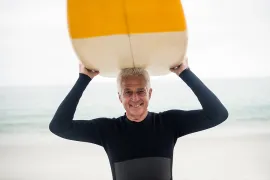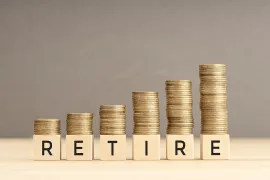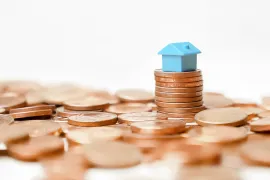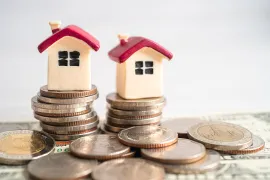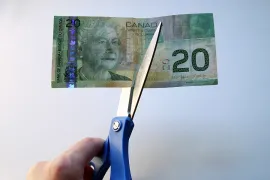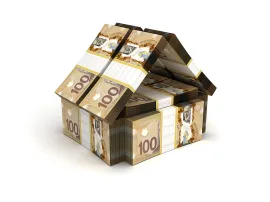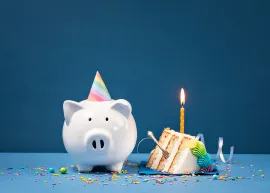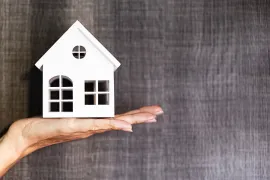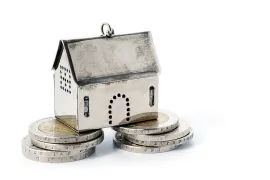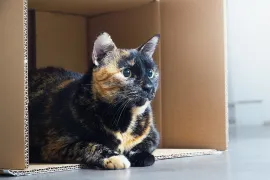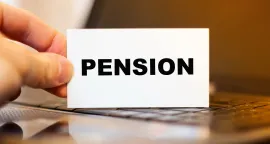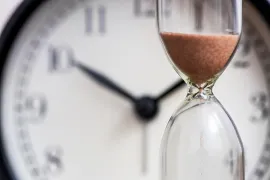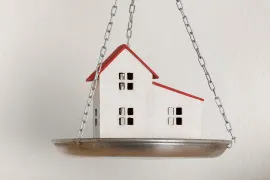This Ontario woman should shed real estate and debt to meet her retirement income goal
Her goal is $60,000 after tax, which in Ontario would require $75,000 in pre-tax income. This plan will help her get there

Terri needs to cut debt by reducing her mortgage and other obligations as simplification will make long-term planning easier.
A woman we’ll call Terri, 60, lives in Ontario. Her children are grown and gone, her career in data management is flourishing. Working for a large company, she has pre-tax annual income of $101,520 and take-home pay of $67,600 per year. A prudent investor, she has diverse assets in stocks and real estate, including her house and two rentals. Her problem is to figure out what her assets will pay in retirement income. Her goal is $60,000 after tax, which in Ontario would require $75,000 in pre-tax income. Her problem: can she sustain her income and way of life for what could be three decades? It’s a long-range planning problem, but there is a solution.
A portfolio of problems
Terri wants to retire, but instead of a date, she has set a financial hurdle: she wants to quit work when her defined benefit pension, CPP and later OAS and investment income are sufficient to pay expected expenses of $5,633 per month, including $2,408 of existing debt service and an anticipated $5,000 per year for travel to see grandchildren and children. She faces questions of when to start CPP, when to sell investment property and how to invest $120,000 she expects if and when a child repays a loan she carries as an asset in her tally of net worth.
Family Finance asked Derek Moran, head of Smarter Financial Planning Ltd. in Kelowna, B.C., to work with Terri. She should look to cut debt by reducing her mortgage and other obligations, Moran suggests, as simplification will make the planning easier.
Downsizing
Terri should sell a $800,000 rental townhouse with a $359,200 mortgage, Moran says. She paid $471,300 for it and lived in it for four of six years of her ownership, so 4/6ths of the $328,700 gain will be tax-free. The tax formula adds a free year, making it 5/6 tax free. Real estate and legal fees will be $35,000, reducing the capital gain to about $293,700. A sixth of the gain is $48,950, half taxable. The tax rate is 43.41 per cent on that half, so tax payable is $10,625. After the dust settles and the mortgage is paid, she will have $395,175 left over. She can use this money to pay off the $374,000 mortgage on her residence, leaving her mortgage free and with $21,000 of cash.
Terri purchased the third property, a yet to be completed condo, for $373,000. She estimates its worth at $775,000. She may not take possession until later in 2022. The rent is likely to be in the range of one per cent to three per cent of street price. She would like to sell it. If the sale is in 2022 when she is no longer working, her tax rate without earned income will be lower than if sold last year while she was employed, Moran notes.
Her gain will be $402,000 less costs of $35,000, leaving a taxable gain of $367,000. Half of that is taxable, so she would have a taxable gain of $183,500 and potential tax of $67,530.
She would be left with $367,000 less $67,530 or $299,470. Take off the $196,000 she owes on a line of credit and she would have $103,470. Add $21,000 other cash and $126,000 payment for money loaned to her son, so she would have $250,470 cash.
Retirement income
Terri’s income is $101,520 per year or $63,660 after tax. If the townhouse is sold, she will no longer receive rental income.
Terri’s TFSA, $32,000 for now, has $45,500 of contribution room. If she adds that sum from cash, she would have $77,500 in the TFSA. If that sum grows at three per cent per year for 34 years to age 95, it will pay her $3,600 per year starting at age 61.
Terri has $416,403 in RRSPs. She has $27,506 unused room. If she makes that contribution, the total will rise to $443,909. She needs $75,000 income before tax and will get $34,000 from her pension. She therefore needs $41,000 per year for eight years after which payouts based on remaining funds will drop to $12,324, Moran estimates.
Assuming her income properties are sold and all $929,200 of credit lines and mortgages are paid off, she will have $171,000 of cash. She needs $30,000 to top up her pension in 2022.
If the remaining $141,000 grows at three per cent per year for 34 years, it will yield about $6,600 per year.
Terri has a defined benefit pension that will pay her $34,000 per year in 2022 and future years. Her CPP should be $10,534 at 65. She can defer the start to 70 with a 42 per cent bonus, lifting it to $14,958 per year.
Her OAS will be $7,707 per year using 2022 rates. For an age 70 start, it will be $10,481 per year including a 36 per cent bonus.
Adding up her income from retirement in the near future to 70, she would have $34,000 from her job pension, $41,000 from her RRIF, $3,600 from her TFSA, and $6,603 taxable income from the sale of her properties. That adds up to $85,203. After 19 per cent average tax on all but TFSA cash flow, she would have $69,700 per year or $5,800 per month. That’s over the $5,000 per month she thinks her cost of living will be in retirement.
At age 70, her RRIF will have been shaved down to $221,000 and support an income of $12,324 for 25 years to age 95. Terri’s total income will then be $34,000 from her pension, $14,958 from CPP, $3,600 from her TFSA, $10,481 from OAS, and $6,600 taxable investment income, total $81,963. After 20 per cent tax on all but TFSA cash flow, she would have $66,290 to spend per year. That’s $5,525 per month, still enough to meet her goal.
Retirement stars: 5** *** out of 5
Financial Post
( C) 2022 The Financial Post, Used by Permission
